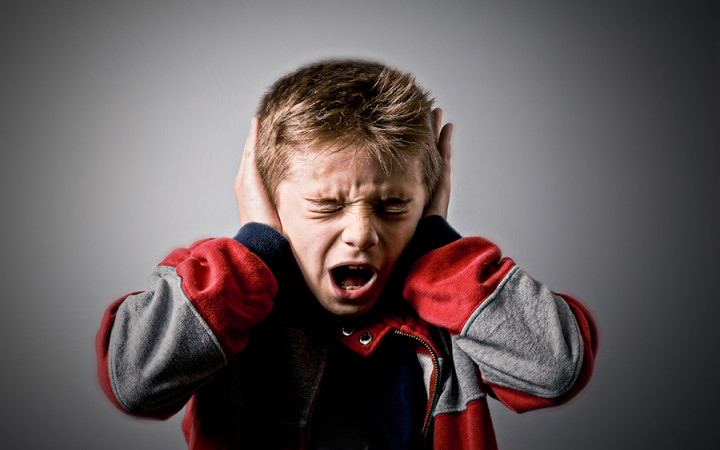Today’s Wonder of the Day was inspired by Nicki from Roswell, GA. Nicki Wonders, “I wonder how much noise is too much?” Thanks for WONDERing with us, Nicki!
When you think of pollution, what comes to mind? Some people might immediately envision factories spewing fumes into the sky, creating air pollution that can make it hard to breathe. Others might think of pipelines spilling oil into pristine streams, causing water pollution that contaminates drinking water.
Air and water pollution tend to be highly visible forms of pollution that motivate those affected by them to take steps to stop or limit their sources. However, there's another pervasive form of pollution that may be all around you and you don't even realize it.
Did you just take a look around the area where you are right now? Did you see any pollution? Hopefully not! But the pollution we're talking about is invisible. And you might be the cause of it from time to time.
Even if you can't see this type of pollution, you can definitely hear it. That's the problem! We're talking about noise pollution, and it could be affecting you more than you realize.
If you think about it, you're usually surrounded by sounds from the time you wake up until you go to bed. Alarm clocks, hair dryers, automobile engines, school bells, voices, music, dogs barking, televisions, traffic, and the list goes on and on.
We get so used to these sounds that we often give them little thought. They're just part of our everyday lives. However, these "normal" sounds often cross the line and become unwanted or disturbing sounds. When they do, we define them as noise pollution, because they can affect our quality of life and interfere with normal activities.
Noise pollution has many sources. Industrial factories are filled with large machines that can generate a lot of noise. Smaller versions of these machines in our own homes can add to the din. If you open your ears and listen, you'll realize that all sorts of machines create noise around you frequently, including household appliances, lawn mowers, fans, heating and cooling units, vacuum cleaners, generators, washing machines, compressors, leaf blowers, etc.
If you live in an urban area, noise pollution tends to be worse. The sheer number of people living close to each other in a small area amps up the noise pollution level. In particular, traffic and noises from other forms of transportation, such as airplanes and trains, are usually worse in urban areas.
When the area where you live is growing, you'll also find that common construction activities create a lot of noise. From concrete mixers and jackhammers to cranes and hydraulic pumps. The machines and processes used to create new buildings, bridges, and roads create tons of noise.
Is noise pollution really a big deal, though? In addition to the effects of noise pollution on wildlife and the environment, noise pollution has a variety of serious consequences for human beings, too.
One obvious negative effect of noise pollution is a wide range of hearing problems that people can suffer when exposed to loud sounds for too long. Hearing loss isn't the only negative physical effect of noise pollution, though.
When noise pollution interrupts normal sleep cycles, people can experience a wide range of health problems that stem from insufficient rest and fatigue, including headaches. Exposure to noise pollution has also been linked to higher levels of stress and high blood pressure. These problems can, in turn, lead to cardiovascular issues, such as stress-related heart problems.
What can you do to combat noise pollution? There are certainly things you can do to control the noise you create. Turn down the volume on the stereo and the television. Close doors and minimize the use of loud machinery. As for the things you can't control, better urban planning may one day reduce the effects of traffic, construction, and industrialization.
The problem of noise pollution has led some people to seek to create designated quiet places in our nation's national parks and forests. For example, Gordon Hempton, an acoustic ecologist, has started a campaign to protect what he believes to be the quietest place in the continental United States.
He has named it the "One Square Inch of Silence," and it exists within the rainforest along the Hoh River within Olympic National Park in Washington. Sitting in that spot, you'll usually only hear natural sounds, such as drops of water, the bugling of elk, the whisper of the wind, or the gurgling of the river.
What you won't hear is the noise of anything generated by humans for up to twenty minutes at a time. The silence of the area is regularly disturbed by the sounds of aircraft passing overhead. Hemptom is working to create no-fly zones that would preserve silence in these areas in order to preserve areas where humans can still go to enjoy the sounds of nature and get away from noise pollution.





